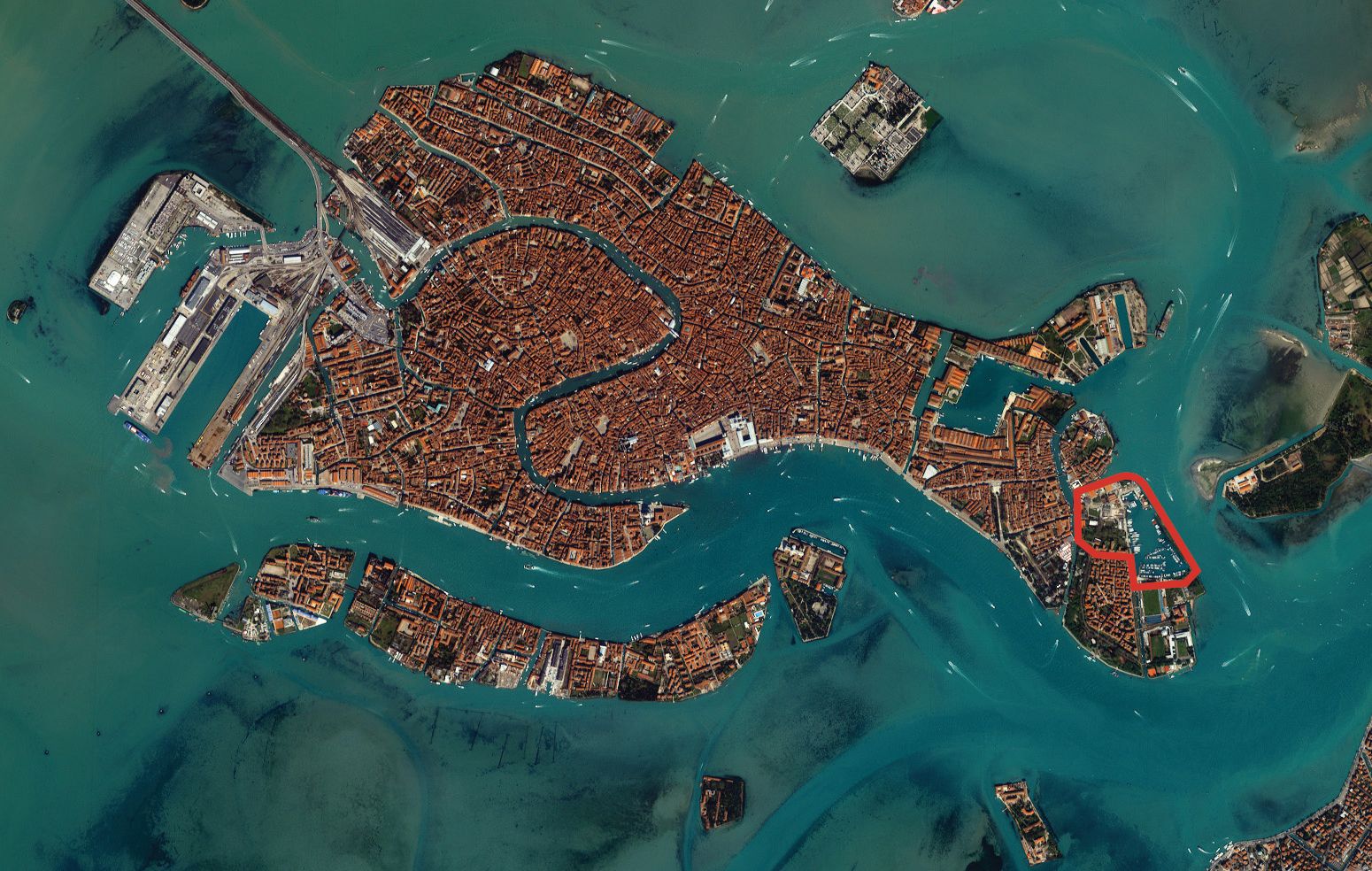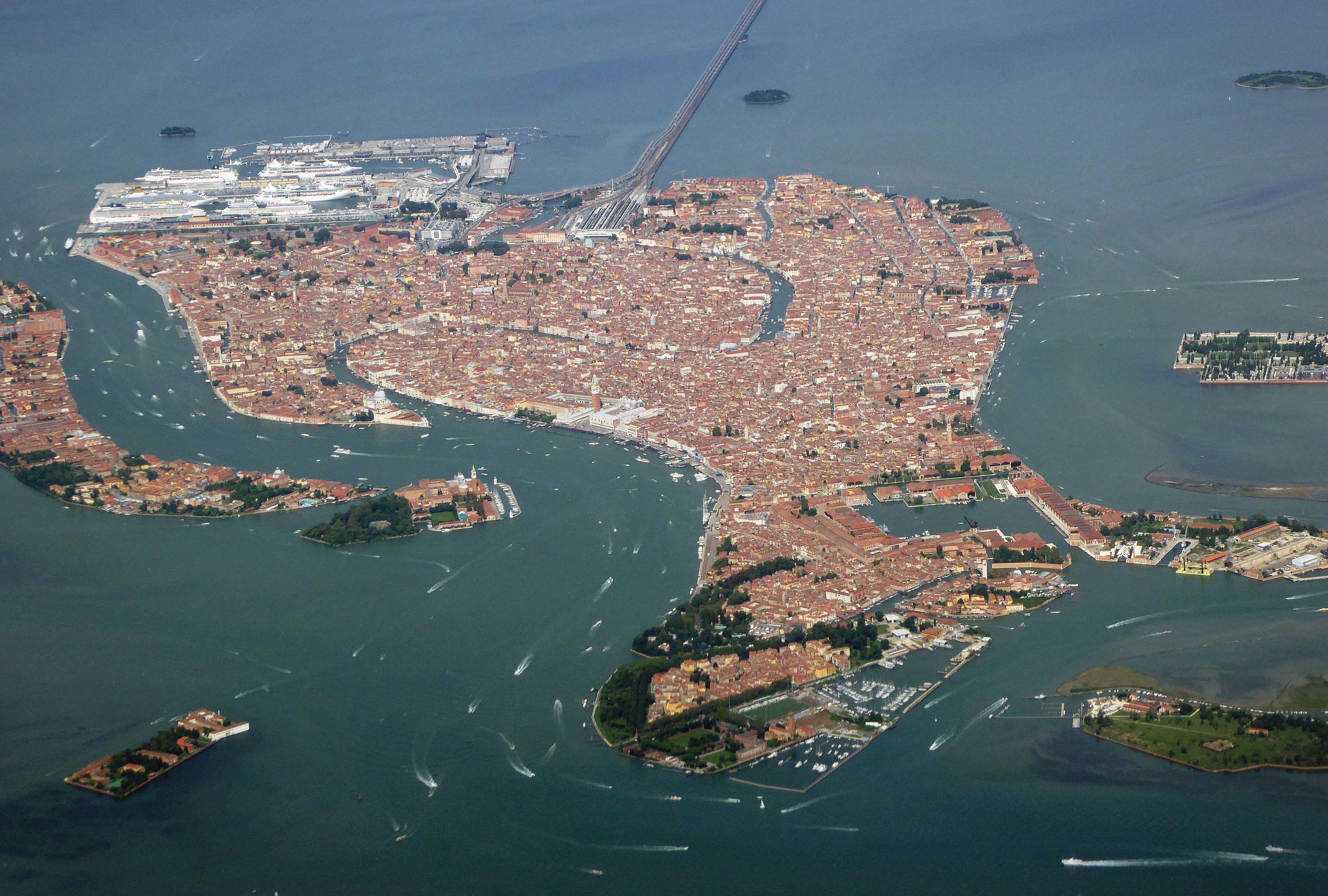
Evidence is mounting up about the destructiveness of the governance of Venice. On 5 June, Luigi Brugnaro, the mayor of Venice, welcomed the return of the first cruise ship in defiance of a decree in April by the Italian central government banning them. Now it is a question of property development and the pretence by the town council that it cares about social housing as opposed to attracting tourists.
Successive mayors have lamented that their city is dying as a living community, its population down from 175,000 in 1951 to 52,000 today, but two authoritative articles by a citizen action group prove that the town council has been exacerbating the very housing crisis that is a major reason why Venice is losing its Venetians.
Ocio, the Venetian word for “watch out” but also an acronym for Osservatorio civico sulla casa e residenza, is a group of anonymous investigators into property issues in the town. Its online report, “Living in the city: residential politics in Venice in times of tourism”, reveals that the council has actually been contributing to the housing problem by letting 11.3% of its social housing stand empty, with the excuse that it needs maintenance.
Ocio shows that lavish promises by the last three mayors to provide more housing have come to almost nothing. In 2000-2005, mayor Paolo Costa announced that 1,400 new social housing units would be created; in 2010-14, mayor Giorgio Orsoni promised 5,000 new units; in 2013, ATER, the local government agency for residential building, promised 7,500 new units; and in 2015, in his first mandate, mayor Luigi Brugnaro spoke of attracting 30,000 residents with his new social housing policy. Of the 13,900 units promised, only slightly more than 200 have been built and many of these have been sold on for tourist accommodation. For example, 137 low-cost apartments were supposed to be built on the site of the former Junghans factory on the Giudecca canal, but only 80 have been completed, of which 37 are already being let out to tourists.

A previous report by Ocio, “Sant’Elena: yet another announcement about the ACTV site”, focuses on one of the last empty sites in the city, the 56,500 sq. m land surface of the former vaporetto maintenance dock on the north side of Venice, which was repeatedly promised by the town council from 2003 onwards for new social housing. This has now been assigned to a property developer to build “high quality” private housing. Already in 2018, Brugnaro, the first mayor not to live in Venice itself, said the site should be used for luxury housing, and while the council says that this development should not be used for tourist accommodation, there is actually no legal instrument to prevent it from happening.
Worse may yet be to come because a regional law of 2017 allows the sale of public housing and ATER is proposing to dispose of 828 properties in the historic and mainland parts of Venice. The former will almost certainly join the stock of housing being bought up by companies to let out through Airbnb and similar websites, which drives up property prices, so Venetians will find it even more difficult to find somewhere to live, for although the pandemic has put tourism temporarily on hold, the upward tendency is unlikely to change much; Ocio reports that in 2019 the number of tourist beds in the city equalled the number of inhabitants, 52,000, with an increase over the previous five years of 93.3%.
Venice is a World Heritage Site and Unesco has taken note of these tendencies. It says on its website that they “may in the future have a serious negative impact on the identity and integrity of the property [i.e. Venice] and are consequently the major priorities within the management plan”. The trouble is that this management plan, which every Unesco World Heritage Site is obliged to have, is drawn up by the same town council that is blatantly exploiting the city for the sake of short-term gain and Unesco has shown itself to be toothless in face of it, having twice bowed to Italian government pressure and failed to put the city on its Heritage Sites at Risk list.
The first Ocio report quoted above has won a special mention in this year’s Istituto Veneto di Scienze, Lettere e Arti annual prize for the best journalism on Venice.
Source link : https://www.theartnewspaper.com/comment/venice-social-housing












